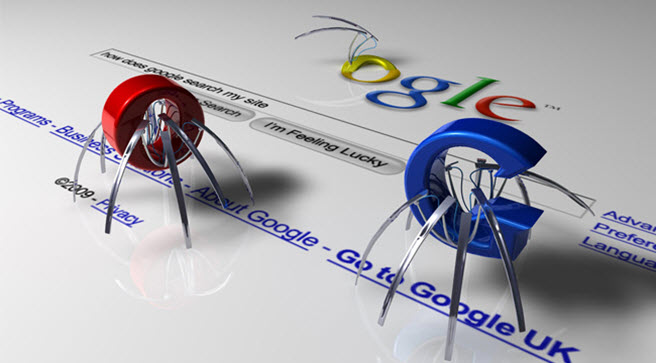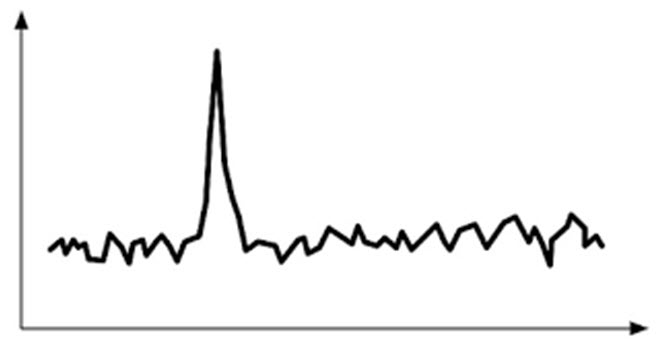Internet is filled with an immense amount of content. Be it in form of videos, images, or text, the amount of content is unimaginable and sometimes, this also puts a website owner at the risk of being exploited by internet bots. In what is sure to come as a surprise to one and all, over half of the world’s total web traffic isn’t even humans – it’s bots. An Incapsula 2014 bot traffic report analyzed 20,000 websites over a 90-day period to come to the result that bots account for 56% of all traffic on internet. And of these, 29% were malicious in nature.

https://www.supinfo.com/articles/resources/213701/3942/1.png
Internet bots are software applications running automated tasks on the internet. They perform tasks such as copying or clicking at a speed and scale not possible for humans. While there are good bots – search engine crawlers, for instance, which index your website content to present it to your audience, there are bad ones too.
Malicious bots scrape your content and monetise it elsewhere, generate false ad clicks, bid lower prices than you, distribute malware, or try to gain access to confidential data. Their impact often results in ad fraud, lower SEO rankings, comment spam, as well as skewed analytics for a website. Today, such bots are inflating analytics, scraping and duplicating content, and even executing JavaScript.
Therefore, it is essential to shut these bots out of your website. But first and foremost, you need to identify the bot traffic on your site. Everyone uses analytics tools to analyze their web traffic, traffic sources, visitors, and visitor demographics. This is the perfect starting point to dig a little deeper to try and identify bot traffic, or you may seek help from TribeLocal who are an expert in this. Here are the parameters you must watch out for:

http://farm3.staticflickr.com/2826/9180872760_56bafbf495_z.jpg
- Traffic trend: Web traffic typically grows gradually over a period of time. This growth is aided by initiatives like paid search campaigns, improved SEO activities, better content quality, marketing giveaways, new products, services etc. which owners undertake. A sharp spike is seldom noticed in the web traffic graph so in case you encounter a spike any particular day or week, with no ongoing campaign or initiative to explain it, a bot is most likely to be the reason. The spike will again be followed by the typical growth pattern.
- Bounce rate: The spike in traffic trend will also be accompanied by unusual changes in metrics like bounce rates. The bounce rates of new sessions could be abnormally high if a bot is visiting your website. Conversely, if the rate dips to impractical lows like 25%, it might also be suggestive of some suspicious bot activity. Mostly, bots invade a website to steal and duplicate its content, which they do in a mechanically repetitive fashion. The pattern such sessions form stands out and is a clear indicator of non-human traffic on your website.

https://digitalraves.com/wp-content/uploads/2017/04/traffic-sources-signs.png
- Traffic sources: A website generates traffic through a variety of channels, that is, sources. These include direct traffic, organic, referral, social, as well as paid campaigns. However, a bot attack will see a single channel contributing majorly to all the incoming traffic – direct traffic.
- Suspicious geo-locations/IPs: Target audience usually depends on a website’s product/service or its location. For websites which cater to a particular location, the content is in line with the locality’s news or needs. Website offering these services don’t concern themselves with people living far-off. Therefore, an increase in activity on such a website from a remote location (which the site doesn’t even cater to), indicates the presence of a bot.

https://www.techdonut.co.uk/sites/default/files/network-servers-400680874.jpg
- Server performance: Servers are the backbone of a website. Any slowdown in server performance can be indicative of bot traffic. The slowdown can be explained by server stressing out due to multiple bot hits received in a short span of time. The problem needs to rectified quickly as any reduction in server performance impacts both business and revenue directly.
Malicious bots pose a serious problem to website as the content they duplicate is often used for competing websites only. The stolen content is used by another platform to gain SEO rankings and divert your target audience to that platform. To add to the woes is the fact that search engine penalize plagiarized content – something nobody wants after investing a great deal of time and money in the website. Therefore, it becomes necessary to ward off the bots.
Several automated bot mitigation programs are available to detect and block bots in real time. Given the rising competition and the abundant presence of malicious bots in the digital world, these programs need to be taken up by owners looking to make an impact with their quality content. So don’t let any third party interfere between you and your user base. Keep your content exclusive by identifying and blocking bot traffic on your website.
 Author Bio – Shishir is an ex-startup entrepreneur currently working on kickstarting inbound marketing for a Silicon Valley startup. Cracked the code of generating 750K monthly traffic in 10 months by using creative content.
Author Bio – Shishir is an ex-startup entrepreneur currently working on kickstarting inbound marketing for a Silicon Valley startup. Cracked the code of generating 750K monthly traffic in 10 months by using creative content.

